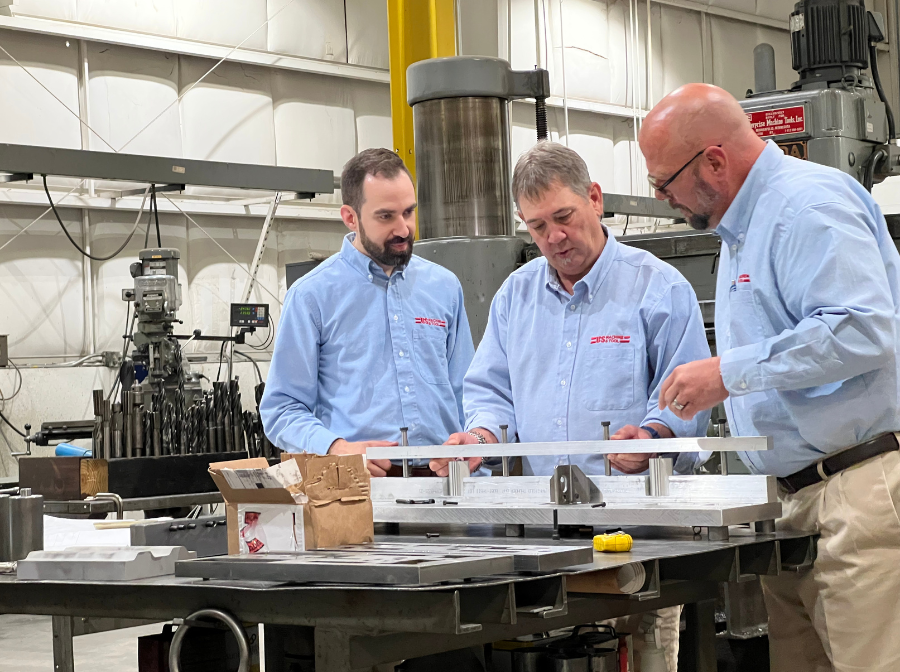Technology has revolutionized the metal fabrication industry, transforming the way that metal products are designed, manufactured, and delivered. From computer-aided design (CAD) software to advanced automated machinery, technology has made the process faster, more efficient, and more accurate.
1. Design and Planning
One of the key areas where technology has made a significant impact in full-service metal fabricator is the design and planning stage. With the advent of CAD software, engineers and designers can create highly detailed and precise 3D models of metal components and structures.

2. CNC Machining
Computer Numerical Control (CNC) machining has revolutionized the metal fabrication industry by automating the manufacturing process. CNC machines are capable of performing complex machining operations with high precision and accuracy, eliminating the need for manual labor and reducing human error.
3. Laser Cutting and Welding
Laser cutting and welding are two technologies that have greatly improved metal fabrication processes. Laser cutting uses a high-energy laser beam to cut through metal sheets with high precision and speed. It is ideal for complex and intricate designs, as it can produce clean and accurate cuts without the need for additional finishing processes.
4. Automation and Robotics
Automation and robotics have revolutionized the metal fabrication industry by increasing productivity, improving quality, and reducing labor costs. Automated systems and robots are capable of performing repetitive tasks with high precision and speed, freeing up human workers to focus on more complex and skilled tasks.
Conclusion
Technology has transformed the metal fabrication industry, making it faster, more efficient, and more accurate. From design and planning to manufacturing and inspection, technology plays a crucial role in every stage of the process. The adoption of advanced technologies, such as CAD software, CNC machining, laser cutting and welding, automation, and robotics, has revolutionized the industry and opened up new possibilities for design, innovation, and efficiency.